The Rally Raid Soft Luggage Racks have been on my bike for 30 000 km. I find it to be the best rack there is for the stuff I do. However, like every other piece of equipment in adventure riding, it’s not perfect. In fact, the bottom eyelets cracked on both sides of the rack during Eastern Dirt 14. The same thing happened on Juha’s bike. So the bottom eyelet on all four racks cracked during the seven weeks of riding.
The good thing is, that it’s not a show stopper and the rack will function despite the cracked eyelets. If left unattended it will of course lead to more problems. As it is a steel rack, it’s also an easy fix, provided you find a welder. Still, it’s an issue that needs to be addressed.
I think the problem is that the diameter of the mounting bolt cap is very small, essentially applying a lot of pressure on a very small area of the rack. The rack does not have a cross bar in the tail i.e. a fully rigid construction. This will leave the front mounting point susceptible to motion induced stress fatigue. Especially on single cylinder bikes. Eventually as the rack vibrates, stress fatigue creeps in at the pivot point, ultimately resulting in the eyelet cracking. The cracks appear above and below the bolt cap, perpendicular to the general alignment of the rack tubing.
I prefer not to have the cross bar in the tail, as I don’t like the racks to bee too rigid. The Rally Raid rack was designed to allow for some plastic deformation upon impact. If the tubing was stiffer, taking falls would result in weld seams cracking or potentially catastrophic damage to the racks’ top mounting points on the tail of the bike, which is plastic. In my kind of riding, taking falls with luggage on technical ground is more or less a recurring event. I really appreciate the racks being somewhat yielding. The rack absorbs a lot of energy that would otherwise be applied to luggage or the bike. The downside naturally is that the rack vibrates with the discussed symptoms. Also, the rack needs to be bent back to shape after falls or it will ultimately end up making contact with the swing arm.
I’ve discussed the issue with John at Rally Raid. He said that a larger diameter washer between the bolt and the rack, to distribute pressure to a larger area, might do the trick. I don’t know if they are now adding this into the rack kit or not.
In the mean time I’ve been discussing other options with the “Chief Engineer” Walrus and we’re working on a setup that should fix the issue. The stress fatigue can be countered by adding rubber washers under the large washers mentioned above, and replacing the spacers with two nyloc nuts. This does however require that the eyelets are welded shut, reinforced and then drilled for M8. Otherwise the rack will move around a lot and shift the problem elsewhere.
Another upside is that both nuts can be individually tightened to desired torque and there is no possibility of losing any of the parts. In Mongolia, one of the bolts on the Walrus’ bike had loosened, resulting in losing the bolt and spacer. You can probably guess where the idea for this configuration came from.
The diagram below should clarify the configuration.
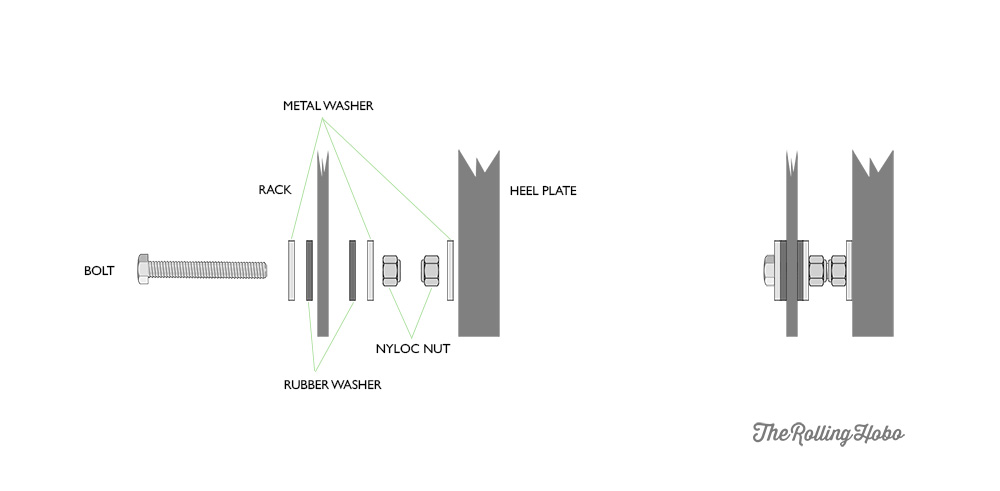

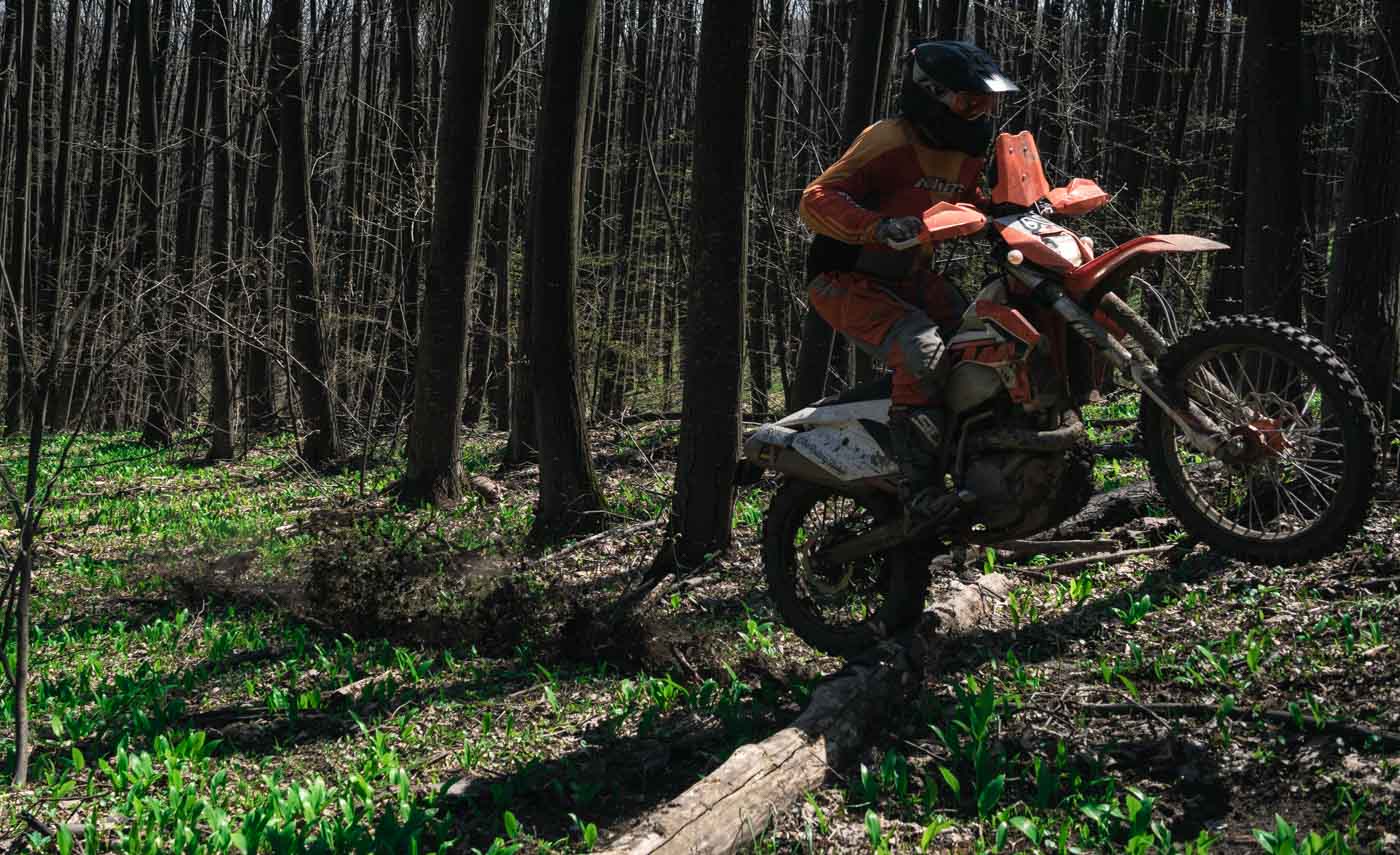
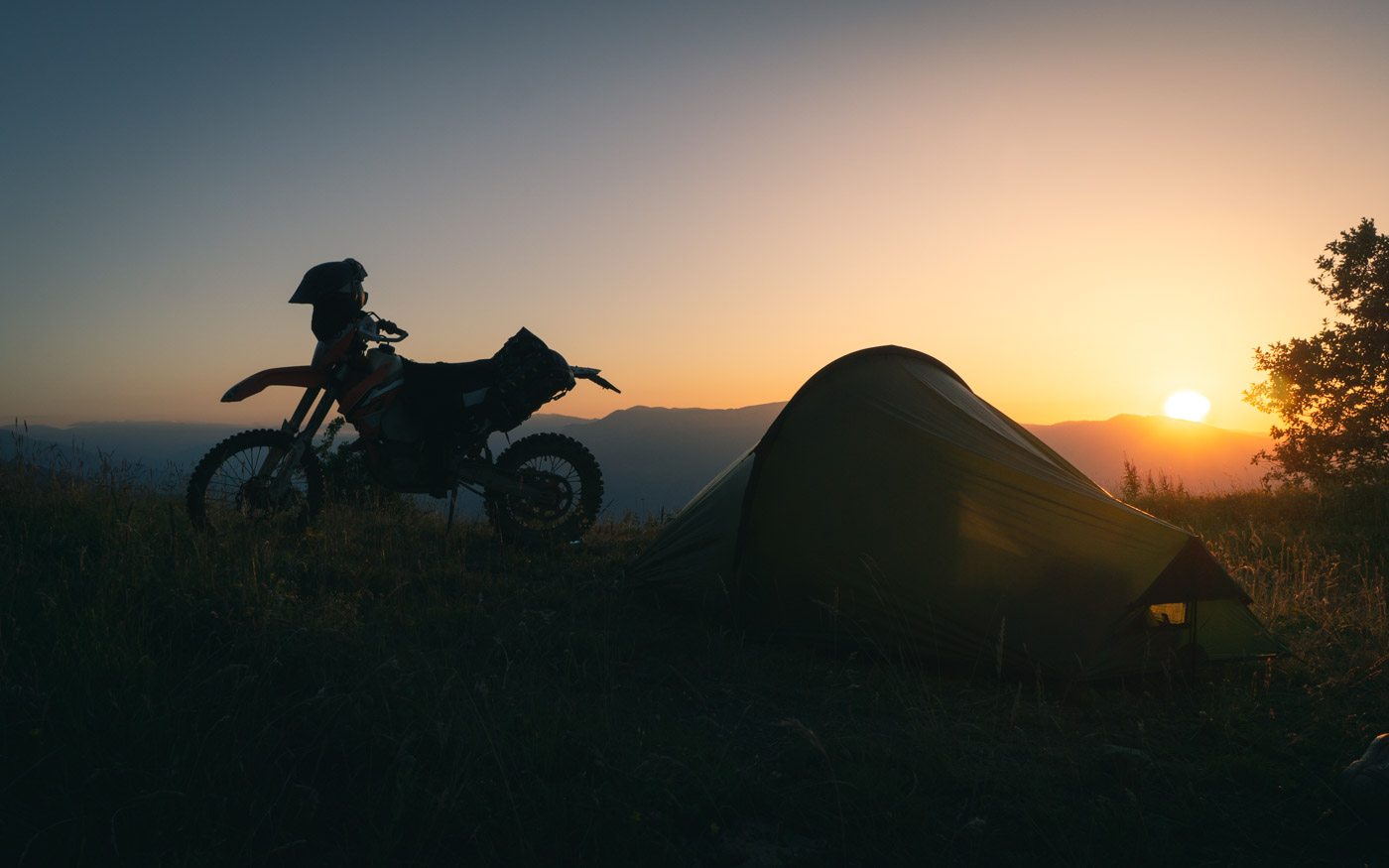
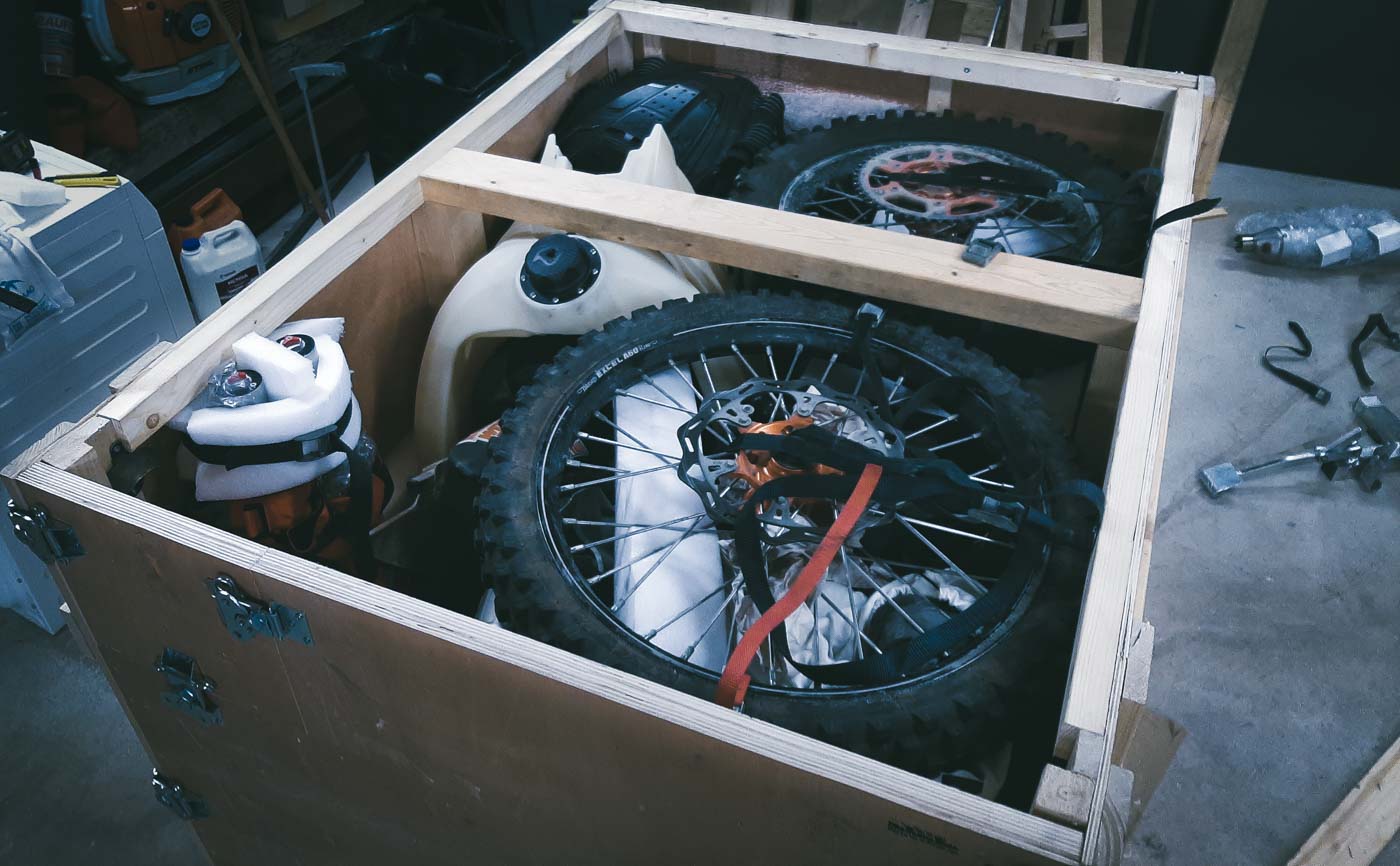
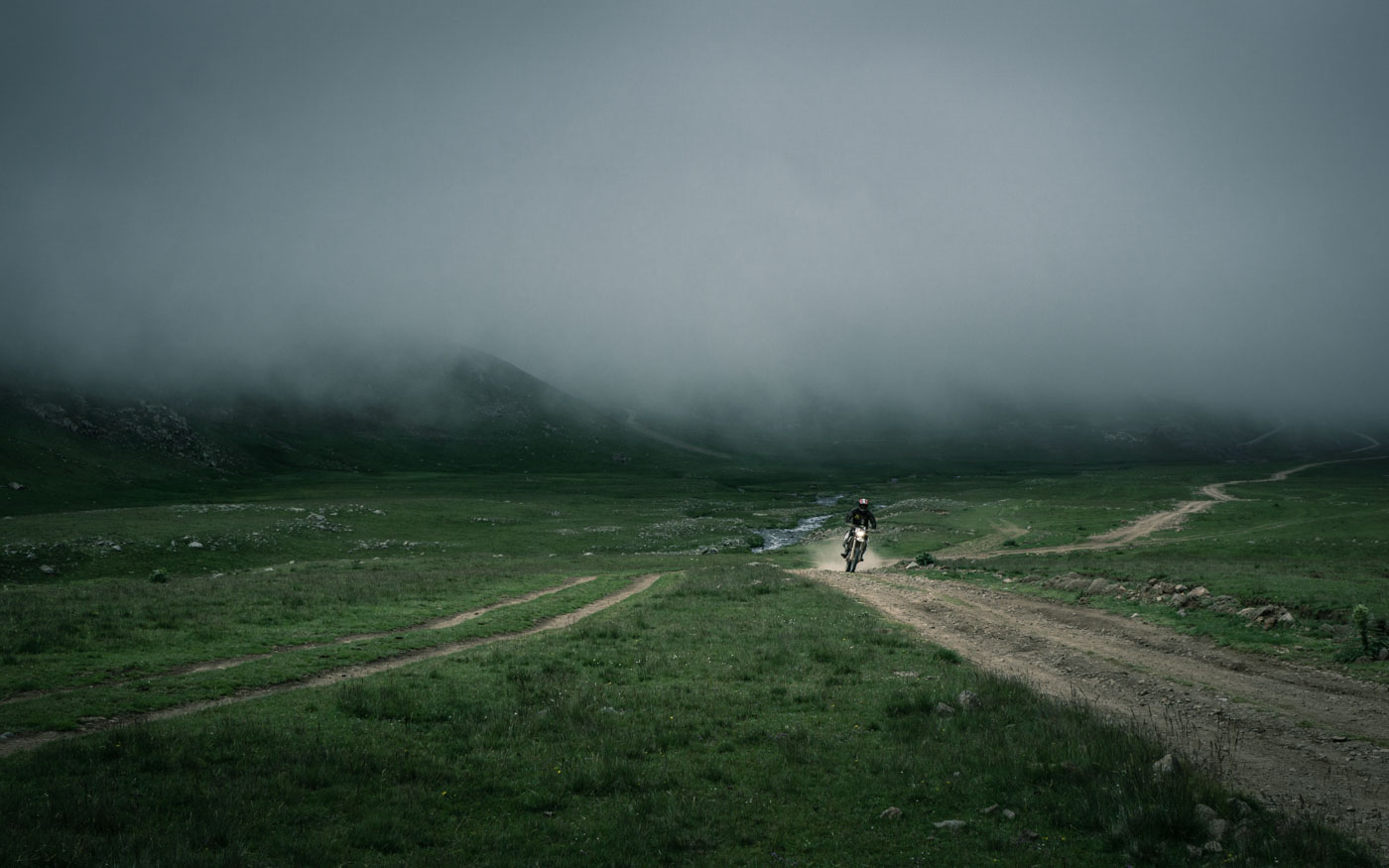
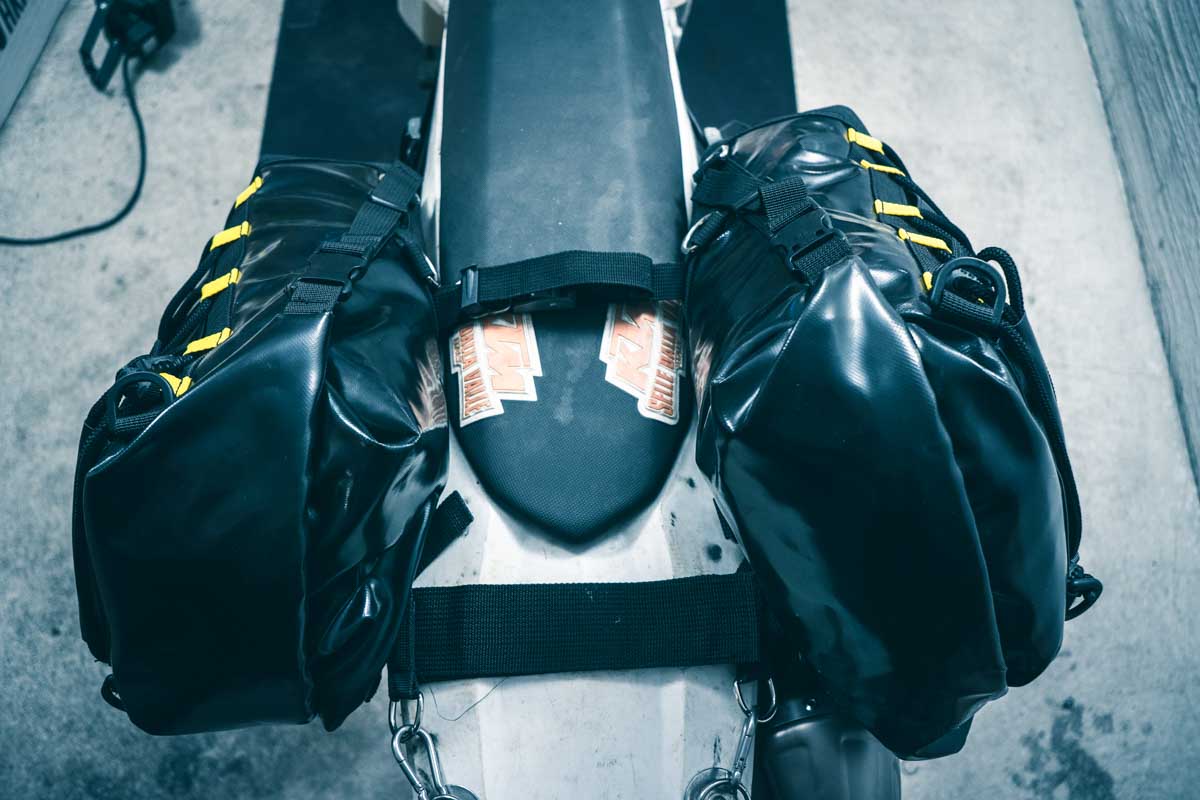
Hi there
why not use one of these?
https://www.google.ch/search?q=silentblock&tbm=isch&tbo=u&source=univ&sa=X&ei=miEdVYS-JKmt7gak24DwCg&ved=0CDQQsAQ&biw=1705&bih=971
i am thinking that your solution might be to rigid? But since you have more experience let me please know your thougts.
About Fairing-Kits; i discoverd this ones
http://international.specialthings.it/preparation-motorcycle-rally/ktm-special-part-enduro.html
yes they are expensive, but realy nice, i like that they are transparent and the lights seem to be be good aswell.
Cheers and save travels René
Thanks for the links Rene, I’ll have a look and see if they could be used on the setup. Having said that, the best bet probably is to weld some reinforcements on the bottom brackets…